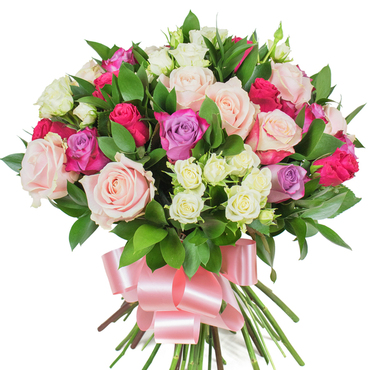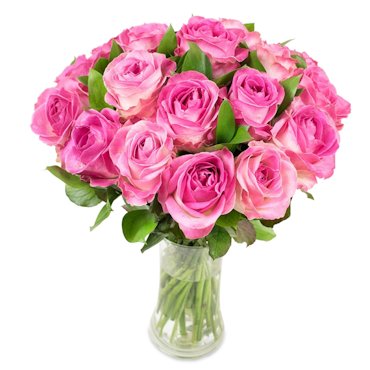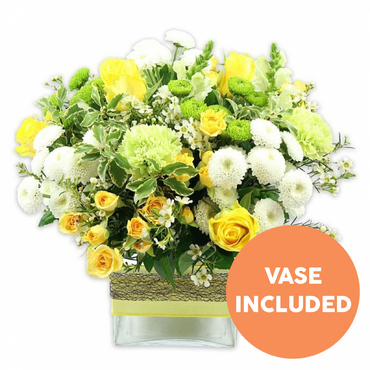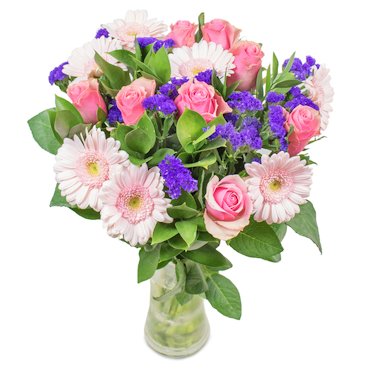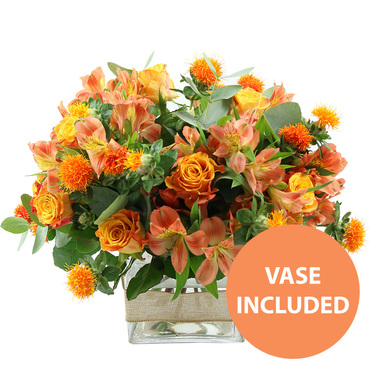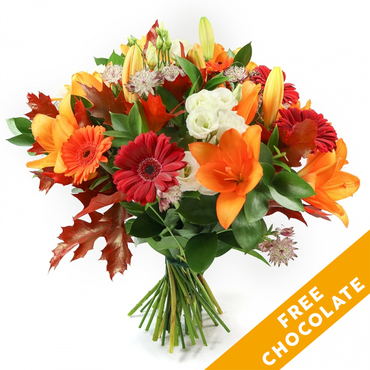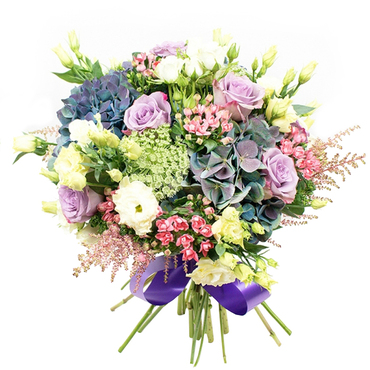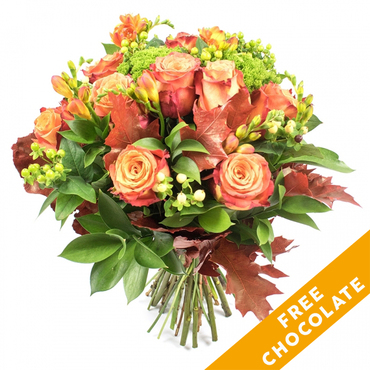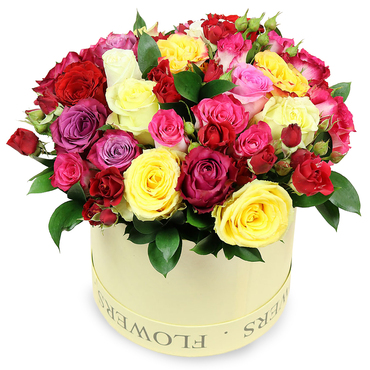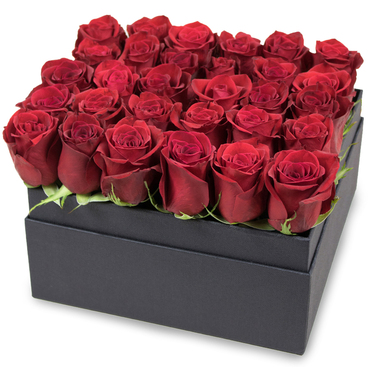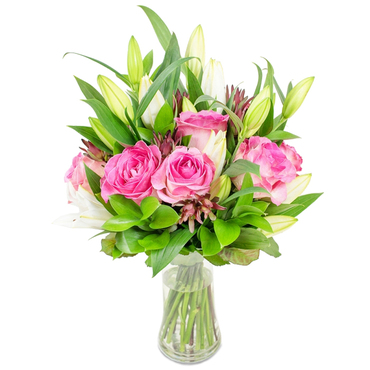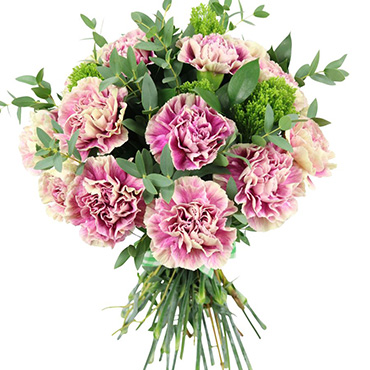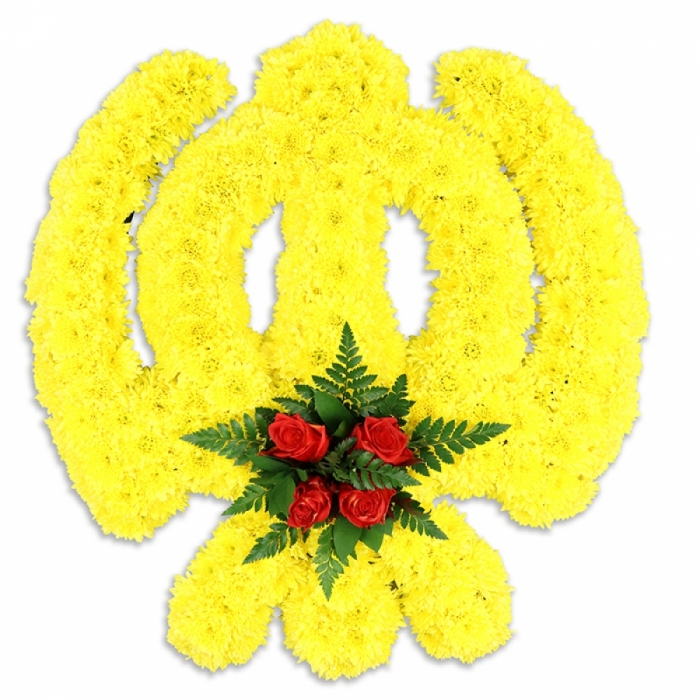 When a loved one dies, or the loved one of someone you care about passes away, it can be difficult to know how to react. Of course, you’re going to be filled with sorrow. You’re going to feel for that person who’s experienced the loss. And you’re going to want to share this, let them know that they’re in your thoughts. It can be tough to express these sentiments in words. Also, the family might want to be left alone at such a time. What’s one way of showing that you care? By sending funeral flowers.
When a loved one dies, or the loved one of someone you care about passes away, it can be difficult to know how to react. Of course, you’re going to be filled with sorrow. You’re going to feel for that person who’s experienced the loss. And you’re going to want to share this, let them know that they’re in your thoughts. It can be tough to express these sentiments in words. Also, the family might want to be left alone at such a time. What’s one way of showing that you care? By sending funeral flowers.
But even if you send funeral flowers, there are things that you need to bear in mind. What are the family’s beliefs, preferences when it comes to funerals and funeral etiquette? A lot of this is dictated by what region the family practices. You’d want to arrange flower delivery as a mark of respect, to convey your emotions. But are the flowers you’re sending in line with what the family want, with their religious practices, traditions, and rituals?
Sikhism has a rich history. It’s a region steeped in tradition, culture and certain rituals. Many Sikhs choose to adhere to these rituals and traditions. This is especially the case at the time of important events, such as marriage, birth, and death.
If you want to send a funeral tribute to a Sikh family, it’s first important to know what takes place at the time of a death in a Sikh household.
Sikhs believe that death is just another part of the cycle to Waheguru, the Sikh name for God. They believe that although the body is no more, the soul will live on through reincarnation, getting closer and closer to God. It’s not thought of as a sad occasion. Of course, initially, knowing that a loved one is no more, is heart-breaking. But then the custom is that Sikhs embrace the fact that the soul is on another journey. This journey is helped along through the recital of prayers and by cremating the body, setting the soul free. This means that if you send funeral flowers to a Sikh family, be sure not to send anything that symbolises death. Stick with a Sikh tribute such as a Khanda tribute, Khanda being the Sikh religious symbol.
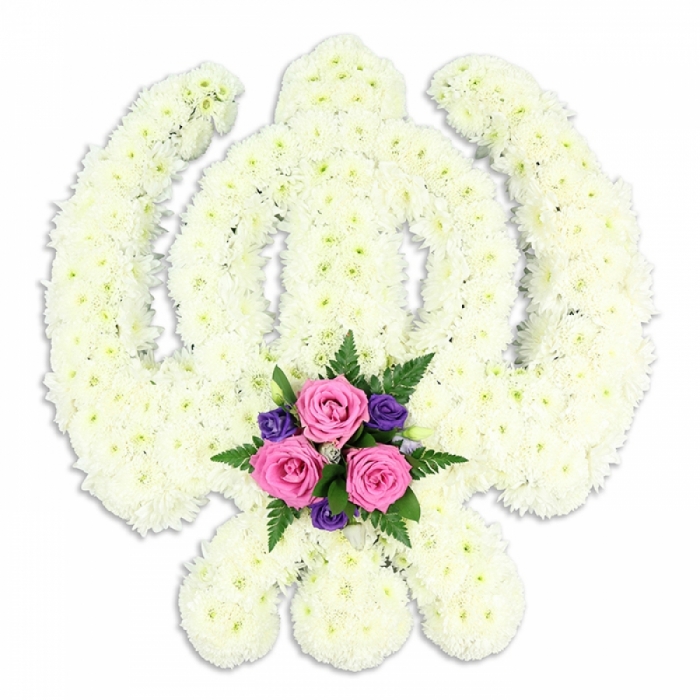 Before the cremation takes place, the body of the deceased is cleaned and dressed in clean clothing. The articles of Sikh faith, provided they were followed, should be left on the body. The hair shouldn’t be cut, the steel bangle shouldn’t be removed, and neither should the wooden comb, shorts, and a small sword known as the kirpan.
Before the cremation takes place, the body of the deceased is cleaned and dressed in clean clothing. The articles of Sikh faith, provided they were followed, should be left on the body. The hair shouldn’t be cut, the steel bangle shouldn’t be removed, and neither should the wooden comb, shorts, and a small sword known as the kirpan.
There is usually a service at the Gurudwara, the Sikh place of worship. Two daily prayers are recited, the Japji and Kirtan Sohila, in addition to a community prayer. At the time of the cremation, Waheguru is often chanted. This is to offer comfort, peace of mind, and help the soul leave the body and reach Waheguru.
Flowers are used at Sikh funerals. As mentioned, they won’t symbolise grief or loss. Flower arrangements will be made up in the form of the Sikh religious symbol, the Khanda. Very often these flowers are laid underneath or beside the body at the time of the cremation. They’re also used in the home of the family of the deceased and may be placed around the Gurudwara. If you want to send funeral flowers, a Khanda Sikh tribute would be perfect. These funeral tributes usually consist of chrysanthemums, Lillies, Gypsophila, and roses. But it’s advisable to ask a member of the family before buying flowers. Some families won’t accept flowers, so make sure they will not be offended if you send funeral flowers.



